At AUPA, we prioritize safety in our kitchen above all else. Our commitment to safety is reflected in every aspect of our operations, from our fully compliant kitchen that meets all health and safety standards, to our pending USDA processing approval, to our use of state-of-the-art water activity measurement technology and our isotherm analysis which predicts our products shelf life.
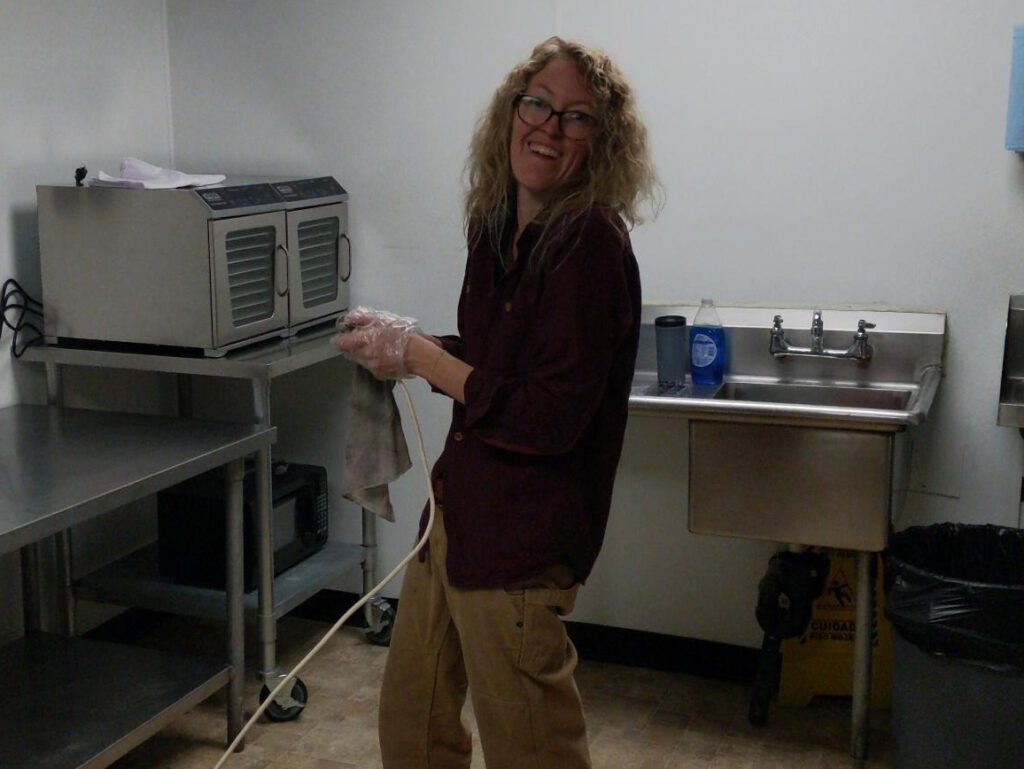
Our goal is to provide you with the tastiest and safest products possible, with the longest possible shelf life. By continually investing in the latest safety measures, we ensure that we are always providing you with the highest quality products that you can trust and give you the upmost confidence they won’t get you sick!
Transforming raw meat (specifically beef) into a shelf-stable bar that has a long shelf life requires careful and precise handling & processing. The handling & processing of meat presents several challenges, including bacteria, viruses, yeasts and parasites, that can cause foodborne illness. The most common pathogens found in raw meat include Escherichia coli (E. coli), Salmonella, Listeria monocytogenes, and Campylobacter jejuni.

At AUPA, we understand the importance of ensuring the safety of our products, which is why we implement a scientifically proven lethality process during meat preparation. This process guarantees the elimination of pathogens to levels that are safe and acceptable. By using this rigorous & repeatable process, we are able to provide our customers with products that are not only delicious but also safe to consume.
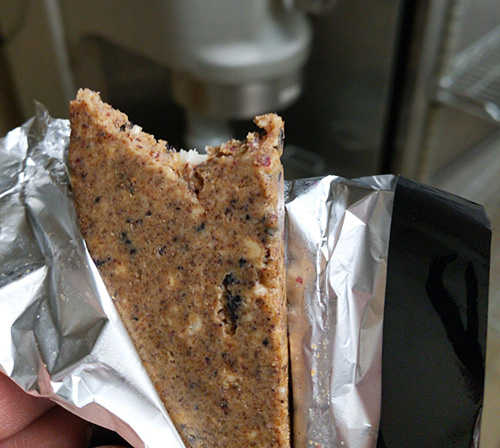
Water Activity
Water activity is an important factor in the storage, preservation, and shelf life of food and pharmaceutical products. The aW (water activity) value of a product determines the available water in a product, which in turn affects the growth and survival of microorganisms such as bacteria, yeast, and mold. In order to measure the water activity of a product, various instruments are used, one of which is the Aqualab 4TE Water Activity Meter.
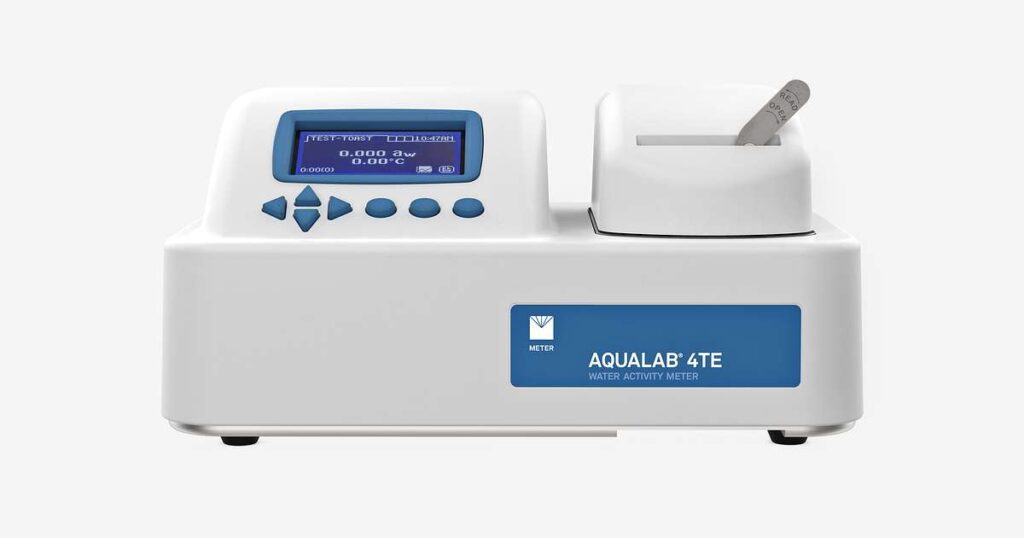
The Aqualab 4TE water activity meter is an industry standard and state-of-the-art meter used in food and pharmaceutical industries. We will also explore the concept of isotherm plots and how they relate to water activity, product safety, and shelf life.
What is the Aqualab 4TE Water Activity Meter?
The Aqualab 4TE Water Activity Meter is a handheld device designed for fast and accurate measurement of water activity in food, pharmaceuticals, and other products. The instrument uses a sophisticated sensor technology that measures the relative humidity (RH) of the air inside a sealed sample chamber. The Aqualab 4TE water activity meter is capable of measuring water activity in a range of 0.05 to 0.999 aW, with an accuracy of ±0.02 aW.
Applications of the Aqualab 4TE Water Activity Meter
The Aqualab 4TE water activity meter is widely used in the food and pharmaceutical industries, as well as in academic research and quality control. In the food industry, water activity is an important factor in the preservation and storage of food products. The Aqualab 4TE is used to measure the water activity of food products such as fruits, vegetables, baked goods, confectioneries, and dried meat products. By measuring the water activity of food products, manufacturers can ensure that the products have a longer shelf life and are free from spoilage, contamination, and other quality problems.
In the pharmaceutical industry, water activity is an important factor in the stability and shelf life of drugs and other medical products. The Aqualab 4TE is used to measure the water activity of pharmaceutical products such as tablets, capsules, and creams. By measuring the water activity of pharmaceutical products, manufacturers can ensure that the products are stable, effective, and safe for use.
AUPA ensures all bar batches are consistent with a water activity below 0.6 aW to ensure safety and long shelf life. No microbes can grow under 0.6 aW. The table below shows the dangers of being above 0.6 aW.
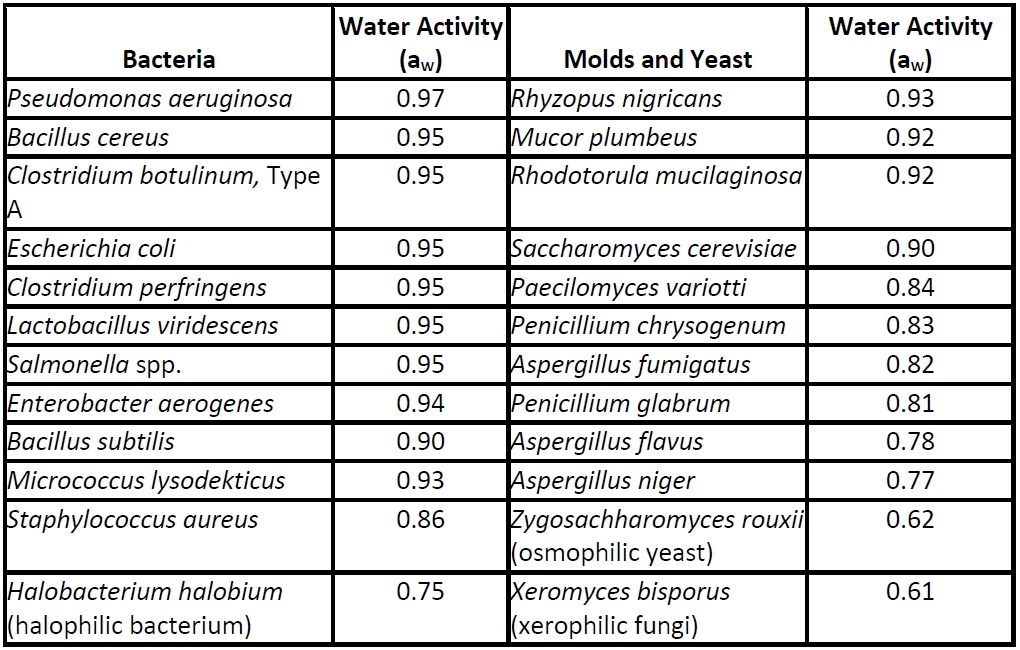
If we didn’t invest in a state-of-the-art water activity meter, we would put the consumer at risk since the resultant water activity of individual batches can easily vary depending on incoming ingredients variability, processing variations and environmental conditions. Rest assure that each AUPA bar has been tested to ensure a rigorous compliance of less than 0.6 aW.
Isotherm Plots and Water Activity
Isotherm plots are graphical representations of the relationship between water activity and moisture content. An isotherm plot is a graph that shows the water activity of a product at different levels of moisture content. The x-axis represents the moisture content, and the y-axis represents the water activity.

The shape of an isotherm plot can provide valuable information about the water activity of a product and its stability over time. For example, a steep isotherm plot indicates that the water activity of a product changes rapidly with changes in moisture content. This is an indication that the product is highly sensitive to changes in moisture content and may be subject to spoilage, contamination, or other quality problems.
On the other hand, a flat isotherm plot indicates that the water activity of a product changes slowly with changes in moisture content. This is an indication that the product is more stable and less prone to spoilage, contamination, or other quality problems.
AUPA is currently working the Meter Group advanced laboratory to generate an isotherm for each of our products. Armed with the information, we can use the exact water vapor transmission rate (WVTR) of our packaging to provide you the best possible shelf life and safety. This is not a cheap endeavor, but we firmly believe the investment into this information will set us apart from any other competitors and provide you with an optimal product that will make you into a repeat customer!
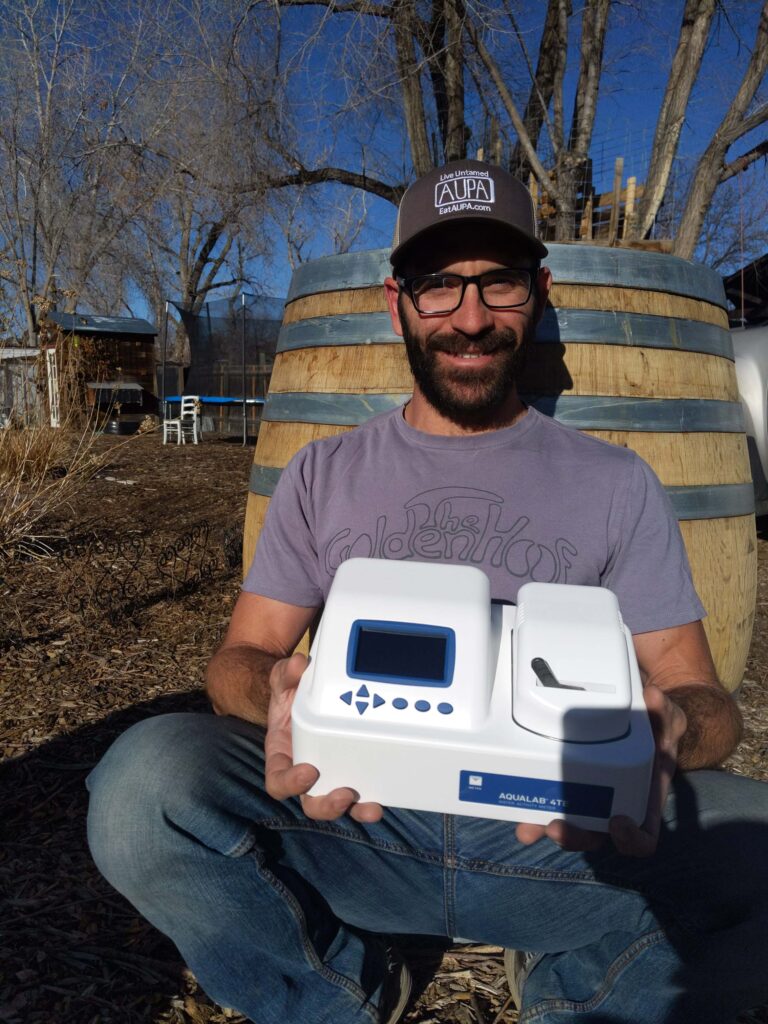

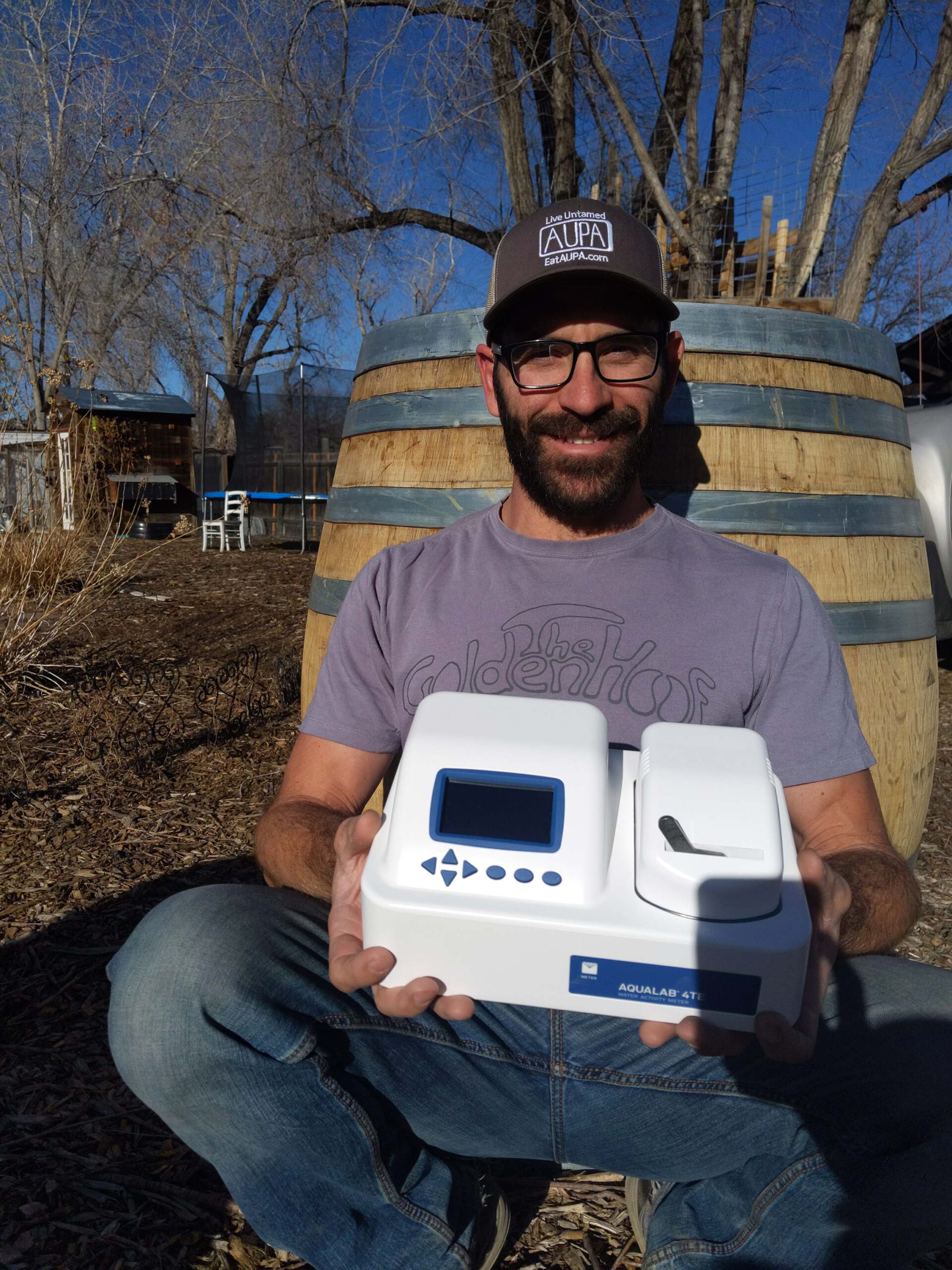




No comment yet, add your voice below!